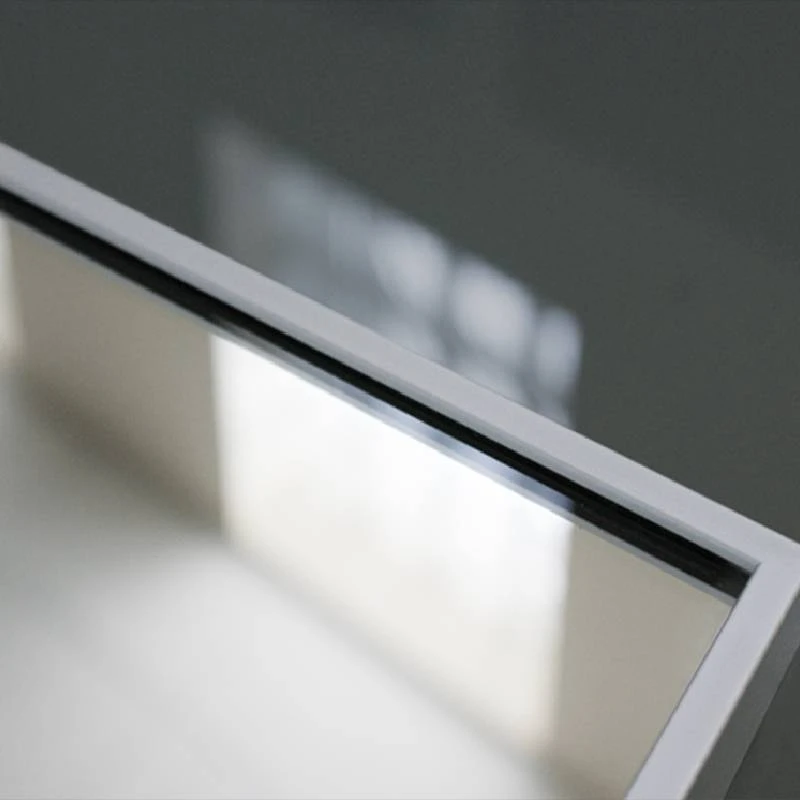

The Versatility of Patterned Glass Sheets
Patterned glass sheets have emerged as a popular choice in contemporary design, merging aesthetics and functionality in a myriad of applications. Whether used in architecture, interior design, or art, these sheets offer a unique way to manipulate light and create visual intrigue, making them a favored material among designers and architects alike.
What Are Patterned Glass Sheets?
Patterned glass is produced by creating designs on the surface of the glass during manufacturing. This is typically achieved through processes such as fluting, embossing, or sandblasting. The resulting textures can range from subtle ripples to intricate motifs, offering varied levels of transparency and light diffusion. The patterns not only enhance the beauty of the glass but also add practical benefits, such as privacy and glare reduction.
Architectural Applications
In architecture, patterned glass sheets play a critical role in facades, windows, and partitions. They allow natural light to filter into buildings while maintaining a degree of privacy, making them ideal for both residential and commercial spaces. For example, in office buildings, patterned glass can create a sense of openness while still providing needed confidentiality between workspaces. Additionally, they can contribute to energy efficiency by reducing reliance on artificial lighting and providing superior thermal insulation.
Interior Design
In interior design, patterned glass sheets can be found in doors, shower enclosures, and room dividers. They can serve as stunning focal points or subtle enhancements, depending on the desired effect. A frosted glass shower door, for instance, not only ensures privacy but also adds a touch of elegance to a bathroom. Furthermore, patterned glass can be used effectively in cabinets or as decorative backsplashes, creating depth and interest in any space.

Artistic Expression
Beyond practical applications, patterned glass sheets are also a medium for artistic expression. Artists and designers can utilize their unique attributes to create captivating installations and sculptures. Glass art can incorporate a variety of colors and patterns, allowing for endless possibilities in creativity. Exhibits and galleries often showcase such works, illuminating the interplay between light and form that only glass can achieve.
Maintenance and Durability
One of the notable aspects of patterned glass sheets is their durability. They generally require minimal maintenance, as glass is resistant to moisture and easy to clean. A simple wipe with a soft cloth and a suitable glass cleaner is usually enough to maintain their brilliance. Furthermore, advancements in technology have led to the development of more scratch-resistant and shatter-proof varieties, enhancing their longevity and safety.
Sustainability
In today’s environmentally-conscious world, many manufacturers are also focusing on sustainability in the production of glass. Recycled materials can be used in creating patterned glass, minimizing waste and reducing the carbon footprint associated with its production. This shift towards sustainable practices not only appeals to eco-conscious consumers but also reflects a growing trend in the architectural and design industries towards more responsible sourcing.
Conclusion
In conclusion, patterned glass sheets represent a fascinating intersection of functionality, design, and sustainability. Whether they are enhancing the aesthetic appeal of a space, providing privacy, or serving as a medium for artistic exploration, their versatility makes them a valuable asset in modern architecture and design. As trends evolve, the use of patterned glass is likely to expand even further, offering new dimensions to how we experience light and space.